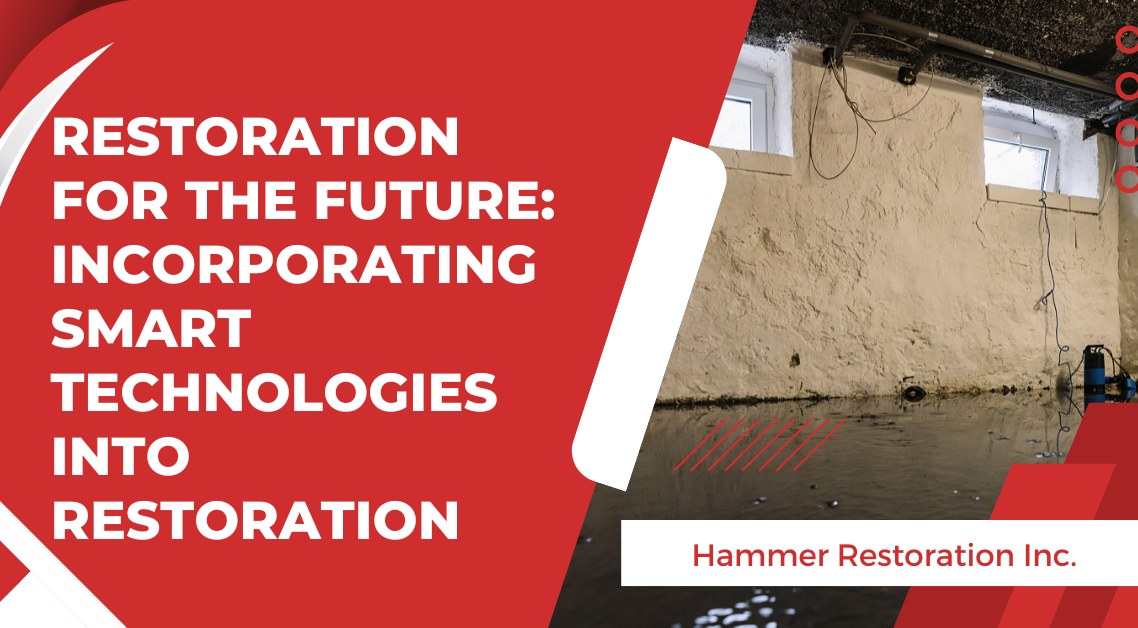Integrating smart technologies into restoration services represents the future of preventive and reactive measures in disaster recovery. As the frequency of natural disasters and man-made incidents increases, the efficiency, accuracy, and timeliness of restoration efforts become critical. Utilizing advanced technology to streamline processes mitigates damage, significantly reduces costs, and enhances safety for everyone involved.
Moisture Detection and IoT Integration
One primary way smart technologies are incorporated is through moisture detection sensors and IoT (Internet of Things) devices. These tools are critical in water damage restoration, where timely detection of moisture levels can prevent significant structural damage. According to Precision Environmental, mold can begin to grow within 24-48 hours of a water-related incident. Therefore, using IoT devices to monitor real-time humidity and moisture levels ensures swift action is taken to prevent mold growth and other damage.
Thermal Imaging for Early Detection
Another groundbreaking technology being incorporated into restoration services is thermal imaging cameras. These devices allow restoration professionals to detect hidden pockets of moisture not visible to the naked eye. By identifying areas with potential water damage early, thermal imaging enables faster and more effective remediation. This process reduces the risk of long-term complications, such as structural weakening and health hazards due to mold and mildew.
The Role of AI and Machine Learning
Artificial intelligence (AI) and machine learning are also pivotal in modern restoration services. AI can analyze data from various sensors and devices to predict potential issues before they escalate. For instance, AI algorithms can assess patterns in moisture accumulation and predict where leaks might occur, allowing for preemptive repairs. This predictive capability drastically cuts down on emergency response times and reduces the overall restoration cost by addressing issues before they become severe.
Incorporating smart technologies into restoration services is not just a trend but a necessity for the future. From real-time moisture monitoring with IoT devices to advanced diagnostics with thermal imaging and predictive analytics with AI, these technologies ensure faster, cost-effective, and more accurate restoration efforts. By embracing these innovations, restoration companies can provide superior service, mitigate future risks, and protect lives and property more effectively. If you need restoration, then get in touch with our team at Hammer Restoration.

